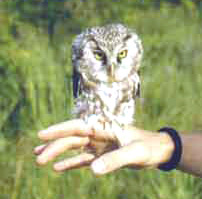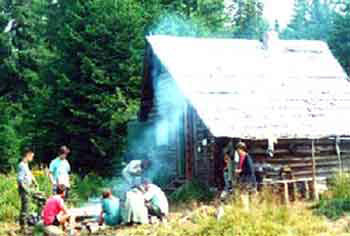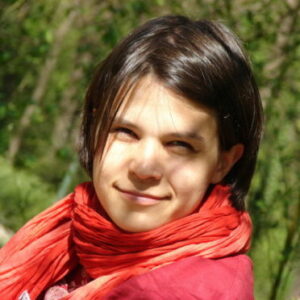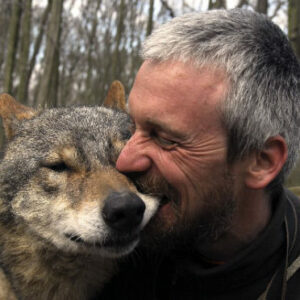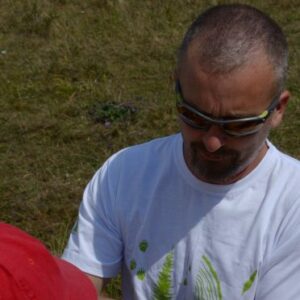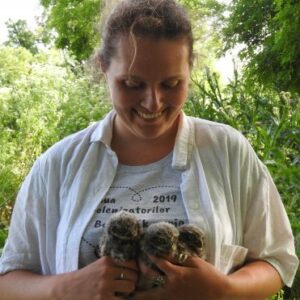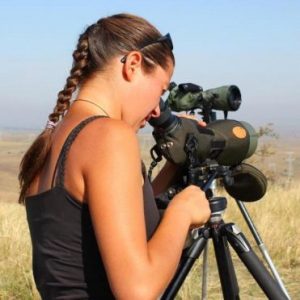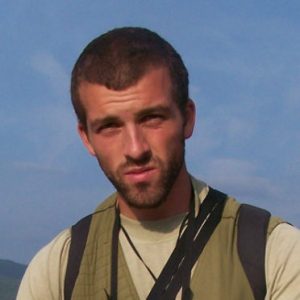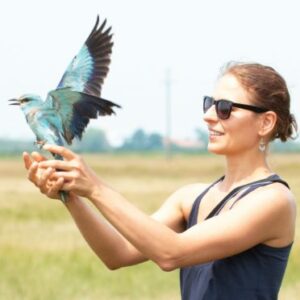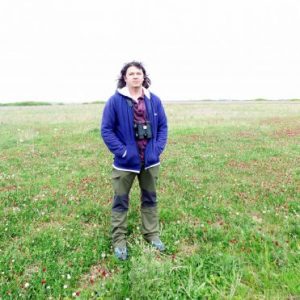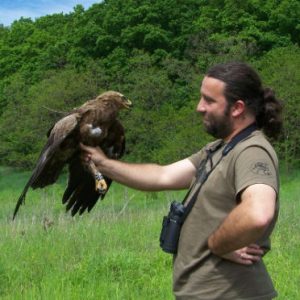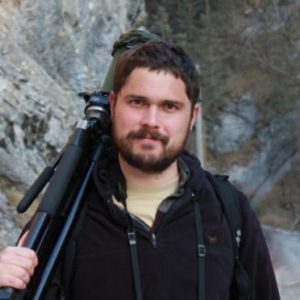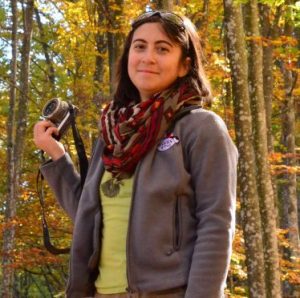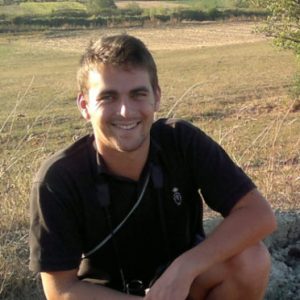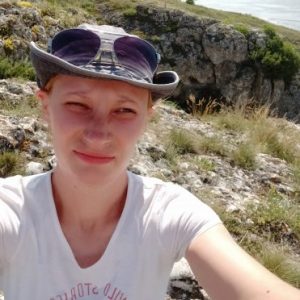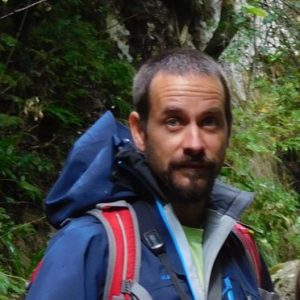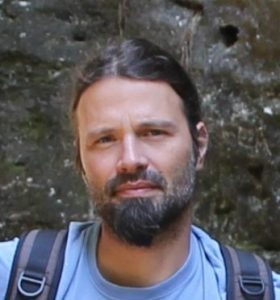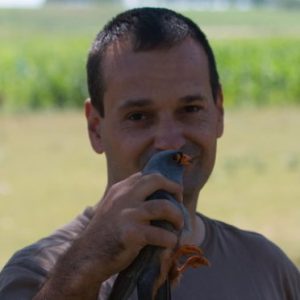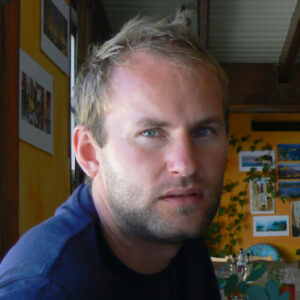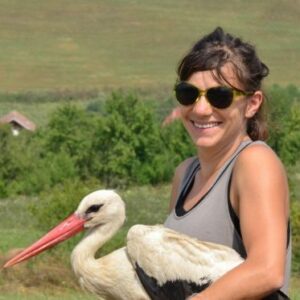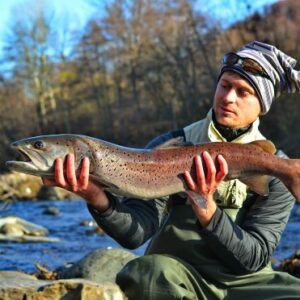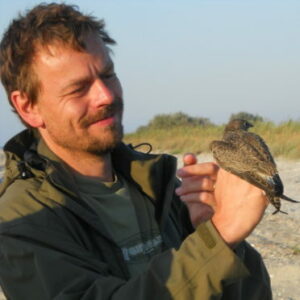The Gurghiu Mountains High Camp was organized between 1994-2002, and it was the first high mountain camp in Romania.
The main goals of this project were:
– study of the local bird population;
– on-site education of schoolchildren and young conservationist.
In year 1993 we organised a first pilot camp in order to discover the best place for setting up our campsite and equipment. The lodging was in a small cabin provided by the Forestry Office of Sovata town. During the years we improved the living conditions and totally reconstructed the roof of the house. The duration of the project was set for two months, between July and September. The reasons we chose this period of the year were that we wanted to identify the breeding birds without disturbing them during incubation and chick rearing, to identify the migrating birds in the area and finally because weather conditions are not suitable in the rest of the year.
The campsite
The study area is situated in the Oriental Carpathians, the Gurghiu Mountains belonging to the volcanic mountain chain in the western side of the Carpathians. In North the Mures River separates them from the Calimani Mountains and the southern boundaries are the Harghita Mountains and Tirnava River Valley. The Gurghiu Mountains are not really high mountains but the most forested, its highest peak being just 1776m. Because the peaks are exposed to the humid westerly winds, the average rainfall is about 1200mm, with average temperature of 4C. The Durgo Lodge is located in a re-planted opening in a natural coniferous forest at bout 1500m above sea level. The access to the campsite is possible in two stages: – first, one must follow the forestry road from Sovata (accessible with vehicles) along the Sebes Creek; after a while (3/4 of the journey) the road will leave the valley climbing up to the stone quarry, this road is about 15km and there are signs posted that will direct you to the site; – second, a 1,5km walk from the stone quarry following the marked (white/red/white stripes) footpath across forest and openings; this is quite a climb and the access is possible only by feet; The camp is running on self-catering bases but it is up to the participants and camp leader to organise food and supplies. Cooking is on open fire and every participant must supply its own camping gear. Because lodging is limited and we try to keep human disturbance at minimum levels during our project, numbers of participants are limited to a daily maximum of 12-15 people. If you would like to participate, please check with us previously!
Study methods
For studying bird population at the selected area we used the individual marking method and field observation. For the individual marking we caught the birds with Japanese type mistnets, set up in four different type of environment: closed canopy forest, spring, forest edge and recently planted openings. The Romanian Ringing Centre’s aluminium rings were fitted on the birds’ legs and several biometrics data (wing formula, weight, condition, moult, and parasites) were collected. This operation – made by a qualified ringer with a RRC license – takes just a few seconds and every bird is released as soon as possible. To be able to compare data from different years mistnets were used each year at the same location, although the quality and number of the nets had slightly changed over the years. Between 1994-2002 more than 6500 birds were individually marked. During the study period of each year, several field observations were made. The observers followed the same route, recording the species and numbers of individuals. Daily records of the observed species were also recorded in the camp’s log.

